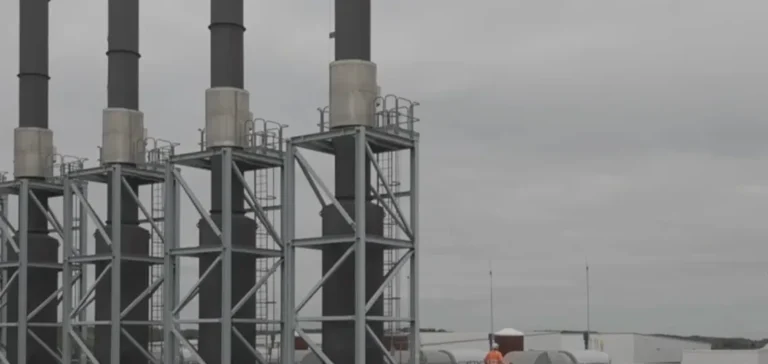Centrica and National Gas have successfully completed a pioneering trial involving the injection of a 2% blend of green hydrogen into the National Transmission System (NTS), the UK’s national gas transmission network. This blended gas was subsequently used to generate electricity at Centrica’s Brigg power station, feeding directly into the national grid.
This operation marks a first for the UK, demonstrating that existing energy infrastructure can accommodate hydrogen without requiring major modifications. The trial confirms the technical and operational viability of hydrogen integration in flexible thermal power plants designed to operate during periods of high demand or low renewable output.
A solution compatible with existing infrastructure
The Brigg power station, which serves to meet peak electricity demand, was able to operate continuously using the hydrogen blend, showing that power generation units can be adapted for this transitional technology. The initiative aligns with the UK’s target to deliver fully decarbonised electricity generation by 2030.
The trial coincides with the UK Government’s completion of a public consultation on hydrogen use in the gas network. The current proposal considers hydrogen injection rates of up to 2%, which could be increased to 5% pending a strategic policy decision, according to both companies.
Industrial prospects and future demand
National Gas had previously tested hydrogen blends on decommissioned pipeline sections as part of its FutureGrid project in Cumbria. The partnership with Centrica now opens the way to industrial-scale deployment, aiming to attract investment and create new market opportunities for hydrogen producers.
This demonstration also comes as Centrica plans to expand its green hydrogen production facility in Easington and develop the Humber Hydrogen Pipeline. The two partners believe these projects could stimulate regional economic activity, especially in the industrial zones of northeast England.
Coordination needed between policy and industry
For the executives of Centrica and National Gas, the success of this demonstration reinforces the need for a swift government decision to define a clear regulatory framework for allowable blending rates. They argue that this clarity would accelerate hydrogen investments while reducing technical and regulatory uncertainty.
GMB Union General Secretary Gary Smith stated that the success of the trial highlights the potential of industrial regions to actively contribute to the country’s energy security and to the creation of skilled jobs, provided that public authorities ensure consistent support for the sector.






















